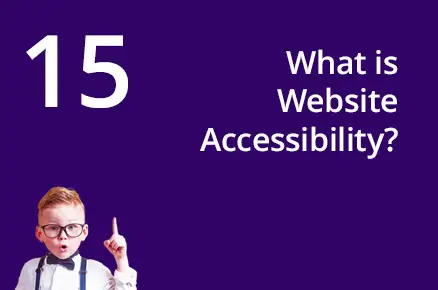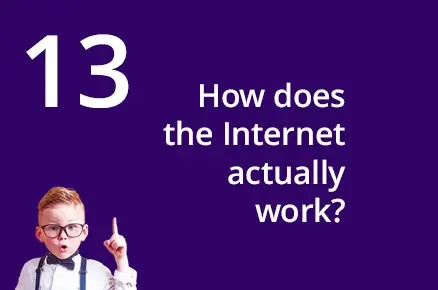Welcome to “Website Success in 5 Minutes." I’m Shaun Carvill, founder and managing director of Digital Agency Clickingmad, today we’re talking about a buzzword you’ve probably heard a lot: “Engagement”.
What does “engagement” really mean when it comes to your website’s success?
Let me explain it.
In simple terms, engagement is all about how visitors interact with your website. It’s not just about getting people to visit your site—it’s about what they do once they’re there. Are they clicking on links, watching videos, leaving comments, or spending time reading your content? All of these actions show that visitors are interested in what you have to offer and are interacting with your site in meaningful ways.
Why is engagement so important?
Well, high engagement means that people find your website valuable or interesting. This is crucial because the more engaged your visitors are, the more likely they are to take actions that benefit your business, like signing up for a newsletter, making a purchase, or sharing your content with others. Basically, good engagement can lead to more leads, more sales, and a stronger online presence.
So, how do you measure engagement?
There are several key metrics you can look at to see how engaged your visitors are. One of the most common ones is the average time spent on your site. If people are spending a lot of time on your pages, it generally means they’re interested in what they’re reading or watching. You can also look at the number of pages per visit. If visitors are clicking through multiple pages, it shows they’re exploring your website and want to know more about what you offer.
Another important metric is the bounce rate.
This tells you how many visitors leave your site after viewing just one page. A high bounce rate could mean that people aren’t finding what they’re looking for or that your content isn’t engaging enough to keep them around.
Lowering your bounce rate usually means you’re doing a better job at capturing visitors’ attention and getting them to stick around.
Comments and social shares are also great indicators of engagement.
If people are leaving comments on your blog posts or sharing your content on social media, it means they’re not just passively consuming your content—they’re actively engaging with it and spreading the word to others.
This kind of interaction can help build a community around your brand and increase your reach.
Now, how do you improve engagement?
First, make sure your content is valuable and relevant to your audience. This could mean providing helpful information, solving common problems, or entertaining them with interesting stories.
The more value you provide, the more likely people are to engage with your content.
Next, focus on user experience.
Make sure your site is easy to navigate, loads quickly, and looks good on all devices. If visitors find your site frustrating to use, they’re less likely to stick around or interact with your content.
Also, encourage engagement by including clear calls to action. Whether it’s asking people to leave a comment, share a post, click on a link? Make sure visitors know what you want them to do.
Finally, keep your content fresh and up-to-date.
Regularly posting new content gives visitors a reason to keep coming back to your site and engaging with what you have to offer. It also shows that you’re active and invested in providing value to your audience.
So, what does engagement mean when thinking about website success?
It’s all about how visitors interact with your site and the actions they take.
By focusing on engagement, you can make sure your website is not just a place people visit once, but a valuable resource that keeps them coming back for more.





Podcasts